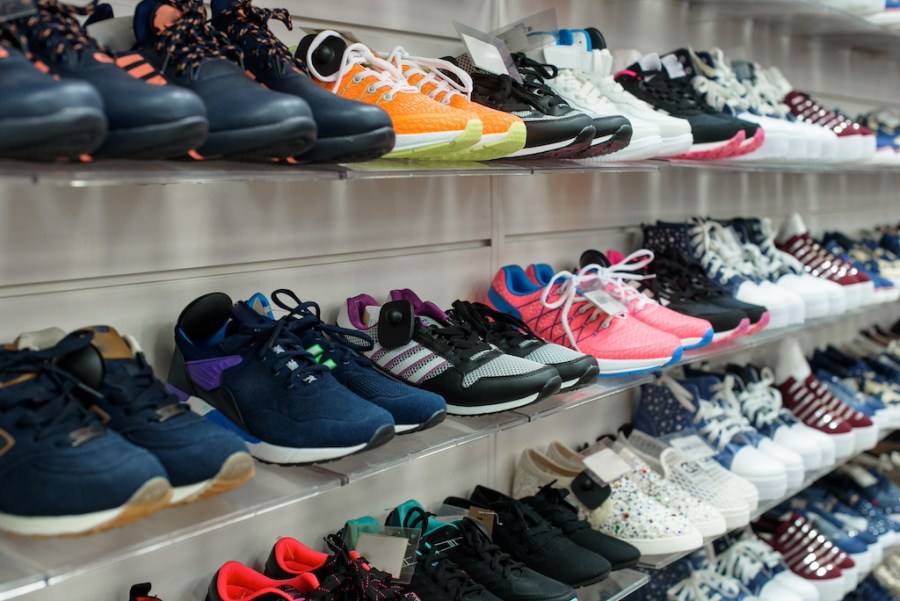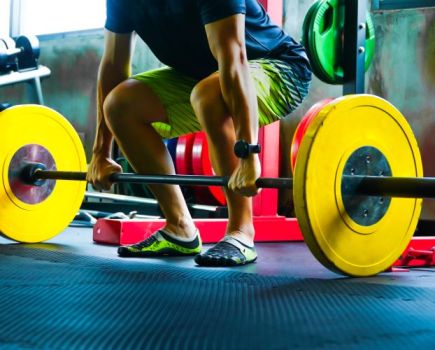Better propulsion and joint protection? Or fashion items that could do more harm than good? Here’s what you need to know about cushioned running shoes…
Many of the best running shoes these days are heavily cushioned with trampoline-like soles. They’re not just in vogue with everyday runners, though; they’re also increasingly becoming the trainer of choice among elite runners too.
While these shoes look like they offer comfort that will reduce impact on your joints, experts warn that an over-reliance on cushioning can alter natural running biomechanics.
Andy Cornelius, a specialist in sports injury rehabilitation, running biomechanics, and technique at Fitstuff Clinic, explains that heavily cushioned shoes can reduce the rate at which impact is absorbed. That’s especially useful for those new to running or lacking endurance running experience.
But he warns against excessive reliance on cushioning, which may affect running gait, suggesting that thinner-soled shoes promote a more natural stride:
“Shoes that are too soft may alter natural running biomechanics, reducing sensory feedback from the ground.”
According to Cornelius, runners with a history of ankle instability often benefit from a shoe with a lower stack height and a more stable midsole, particularly when running off-road.
Benefits of cushioned running shoes
Callum Jones, a technical specialist with On, also points out some of the key differences sole cushioning levels can have on foot strike:
“Runners in maximalist (heavily cushioned) shoes often land towards the midfoot or heel, while it’s common to see runners in minimal shoes landing with a forefoot strike.
“Runners with a pronounced heel strike may find heavily cushioned shoes beneficial, dispersing impact forces and potentially reducing bone-related injuries.”
Jones adds that regularly running in heavily cushioned shoes can lead to a reduction in foot strength compared to minimalist counterparts. “But this downside,” he says, “can be countered with strength exercises like barefoot calf raises and plantar walks.”
Among other plus points to heavily cushioned shoes, the experts suggest:
- Heavily cushioned shoes can mitigate plantar loading forces, lowering the risk of impact and pressure-related injuries.
- Minimal running shoes may promote increased forefoot striking, intensifying stress on the foot, ankle, and achilles complex – especially for beginners.
How to find the right running shoe
While Cornelius points out that runners regularly covering shorter distances, or with a preference for a minimalist style may benefit from less cushioned and more responsive shoes, he warns against suddenly changing footwear choice.
It’s a point that Callum Jones agrees with. “Most running injuries linked to shoes stem from sudden changes in footwear,” advises Jones. Avoid switching from highly cushioned to minimalist soles – or vice versa. “Abrupt transitions between shoe types heighten injury risks.”
Overall, it’s crucial to recognize that everyone’s running style is unique, and the response to shoe cushioning varies. Finding a balance that supports joint health and aligns with an individual’s running style is essential.
“I would always recommend that a runner’s footwear priority should focus on the fit and comfort for them as an individual,” says Andy Cornelius. “We know that a comfortable running shoe undoubtedly leads to a happier running experience.”







